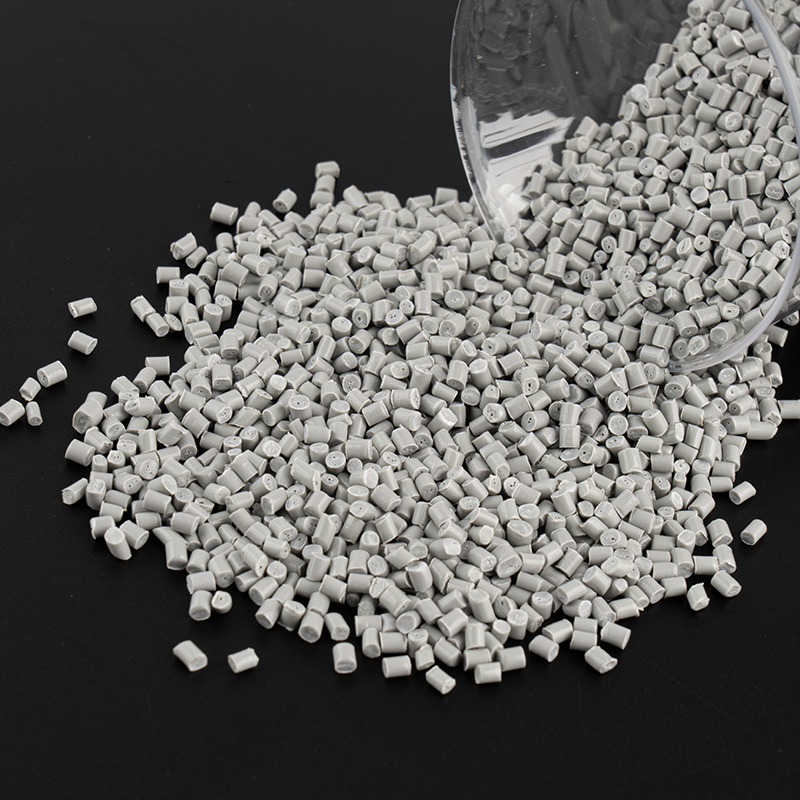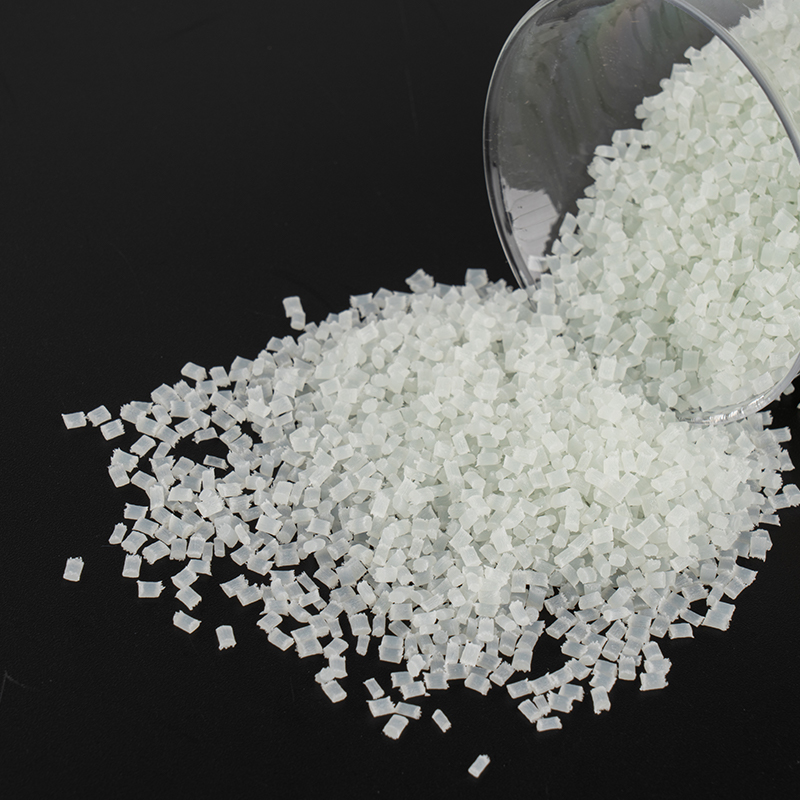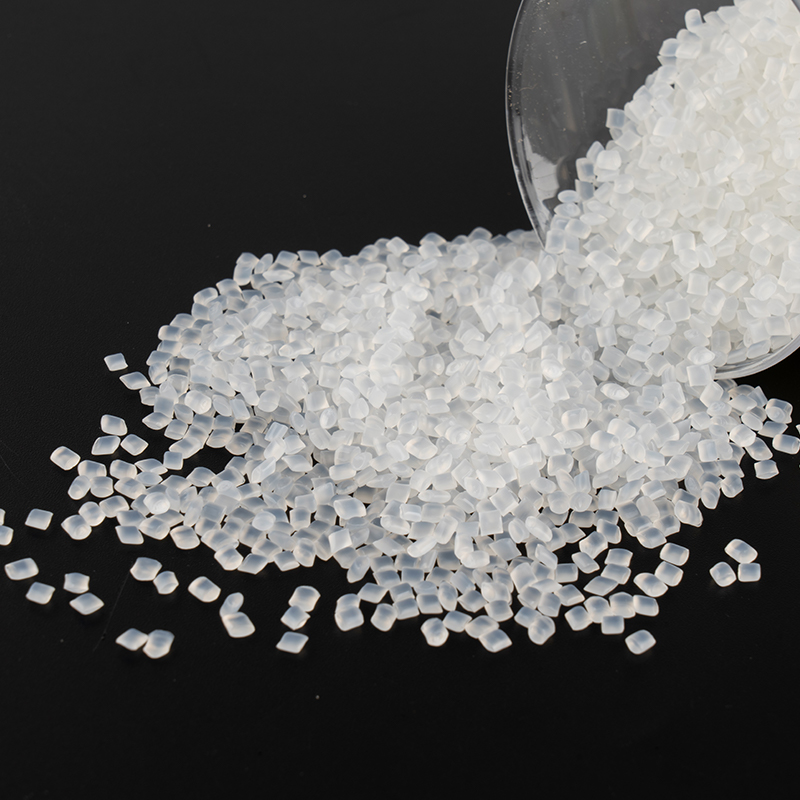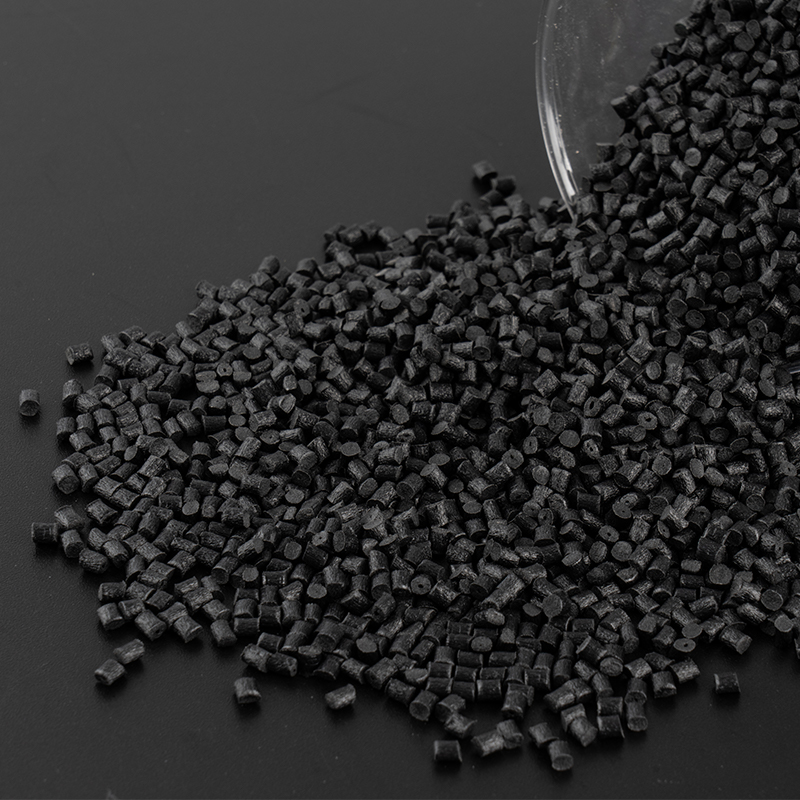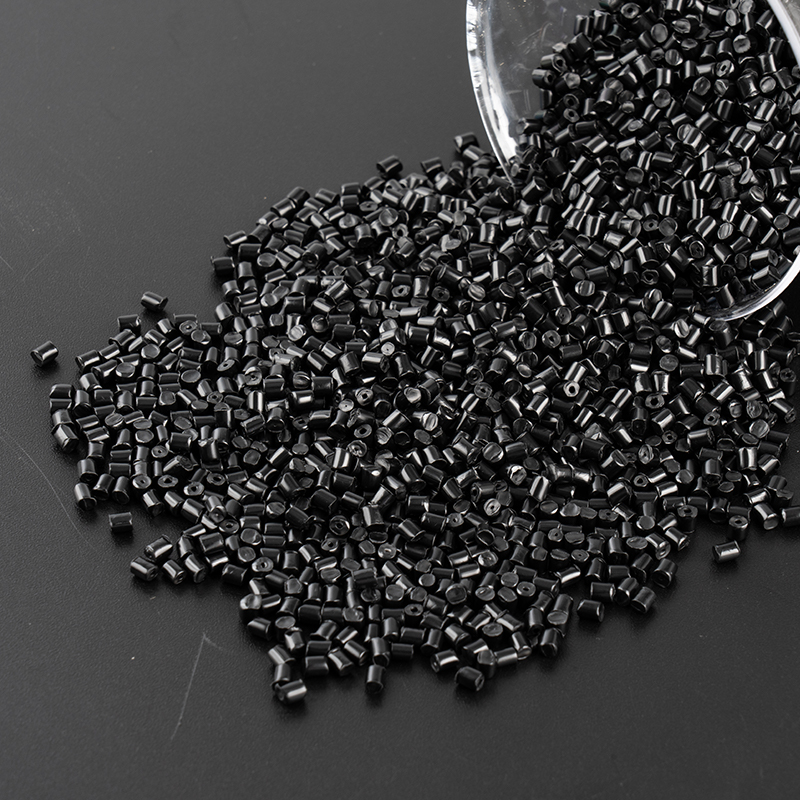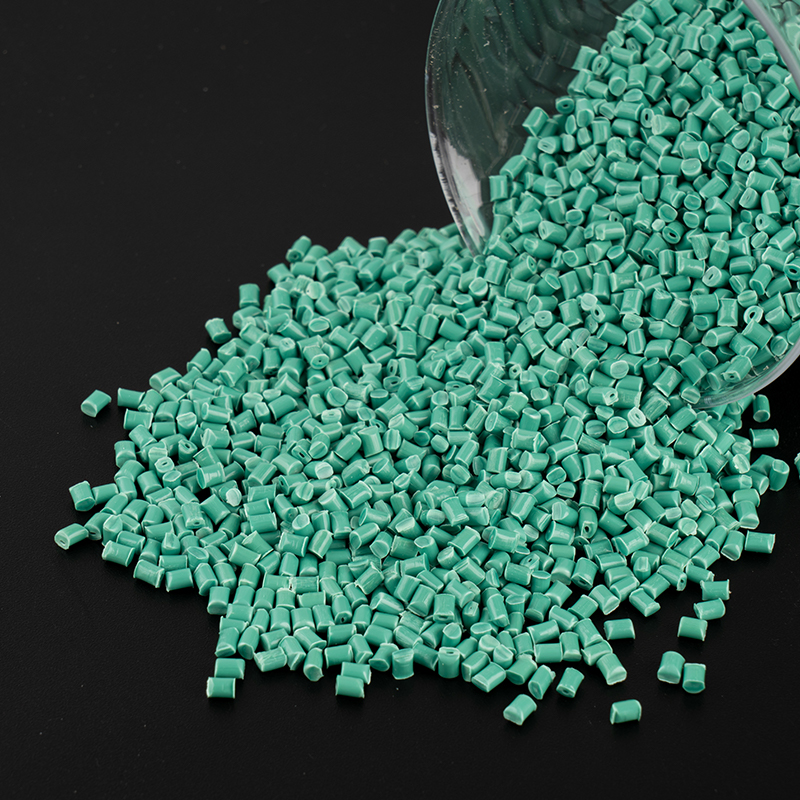1. Introduction
PP modified engineering plastics (Polypropylene Modified Engineering Plastics) play an increasingly important role in modern industry and daily life. Traditional polypropylene (PP) has advantages such as light weight, corrosion resistance, and low cost, but it has limitations in heat resistance, impact resistance, and mechanical properties. With the growing demand for high-performance materials in various industries, PP modified engineering plastics have emerged, significantly enhancing the comprehensive performance of the material through various modification techniques.
Driven by global trends of energy saving, emission reduction, and lightweight design, PP modified engineering plastics are widely used not only in high-end manufacturing industries such as automotive and electronics but also in construction, packaging, and household products. Market demand continues to grow. Industry data predicts that over the next five years, the PP modified engineering plastics market will maintain steady growth, especially in the fields of high-performance composite materials and functional modifications.
2. Main Performance Enhancements of PP Modified Engineering Plastics
PP modified engineering plastics enhance traditional polypropylene through chemical modification, physical modification, and composite modification, achieving comprehensive performance improvements. The main performance enhancement directions and methods are as follows.
1. Improved Heat Resistance
Heat resistance is a critical property of engineering plastics, directly affecting material stability and service life at high temperatures. Conventional PP has a low heat deflection temperature, generally around 80°C, limiting its application in high-temperature components. Through modifications, such as incorporating propylene-ethylene copolymers, adding antioxidants, or using random copolymers, heat resistance can be increased to above 120°C.
Additionally, the addition of glass fiber or mineral fillers is a common method to improve PP’s heat resistance. These fillers not only increase the heat deflection temperature but also enhance dimensional stability, ensuring the material maintains structural integrity under prolonged high-temperature conditions. In applications such as automotive engine covers and electronic device housings, heat-resistant PP modified engineering plastics can replace traditional metals or high-cost engineering plastics, reducing both weight and cost.
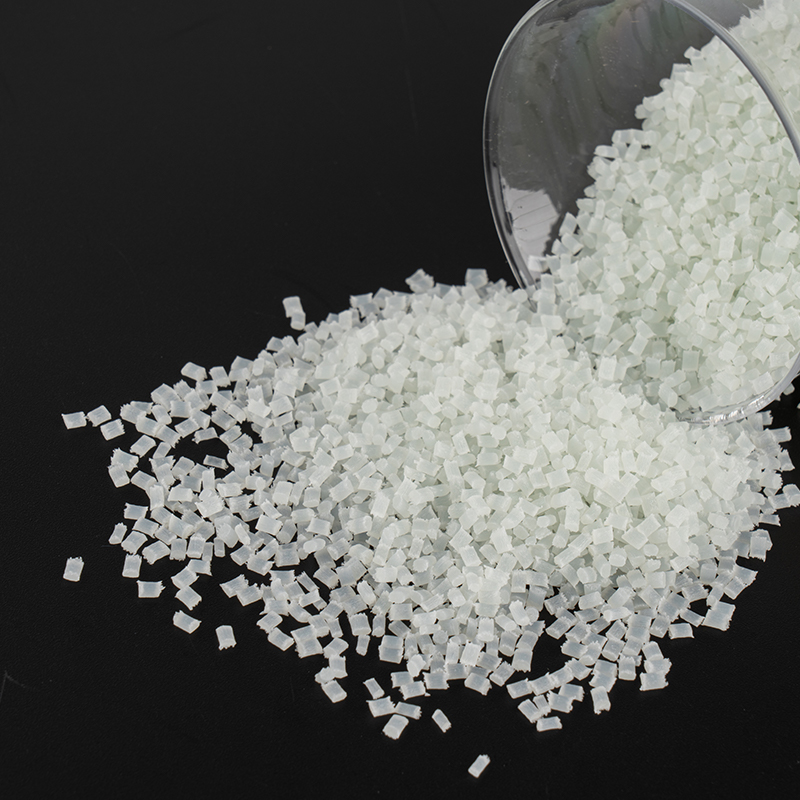
2. Enhanced Impact Resistance
Impact resistance measures a plastic’s ability to withstand external forces without cracking. Conventional PP is brittle at low temperatures, affecting product reliability. By rubber modification (such as adding SEBS or EPR) or blending modification, the material’s impact toughness can be significantly improved.
Moreover, the use of nanofillers such as nano-silica or nanoclay can enhance toughness while maintaining rigidity, allowing the material to perform better under low temperatures or complex working conditions. This makes PP modified engineering plastics widely used in automotive bumpers, electronic housings, and other applications, significantly improving product durability and safety.
3. Improved Rigidity and Strength
By incorporating glass fiber, carbon fiber, or other mineral fillers, PP modified engineering plastics achieve significantly enhanced rigidity and tensile strength. Fillers improve mechanical properties and dimensional stability, reducing warping caused by thermal expansion and contraction during processing.
In industrial parts requiring high strength and rigidity, such as automotive chassis components and industrial machinery parts, modified PP materials can replace some metals, achieving lightweight design while reducing production costs.
4. Optimized Processing Performance
PP modified engineering plastics not only show significant performance improvements but also exhibit optimized processing performance. A well-designed modification formula can improve flowability and shrinkage behavior in injection molding and extrusion processes, reducing warping and defects in molded products.
Furthermore, modified PP materials maintain good processing properties even at high filler content, making them suitable for producing large-size, complex-structure components. This characteristic enhances reliability and efficiency in large-scale industrial production.
3. Application Prospects of PP Modified Engineering Plastics
With performance improvements and mature processing technologies, PP modified engineering plastics have expanded application areas. Their lightweight, high-performance, and recyclable characteristics make them highly promising across multiple industries.
1. Automotive Industry
In the context of automotive lightweight design and energy saving, PP modified engineering plastics are widely used in interior parts, bumpers, engine covers, and seat structures. Their impact resistance, heat resistance, and mechanical properties meet the long-term use requirements of automobiles while reducing vehicle weight and improving fuel efficiency.
In addition, the recyclability of modified PP aligns with the automotive industry’s green development trend. In the future, their potential applications in new energy vehicles and intelligent vehicles are substantial.
2. Electronics and Electrical Appliances
In electronics and electrical appliances, PP modified engineering plastics are widely used for housings, connectors, fan blades, and sockets due to their heat resistance, impact resistance, and good insulation properties. Compared to conventional plastics, modified PP can withstand higher temperatures and complex environments while reducing production costs.
Particularly in high-end electronics and household appliances, the stability and environmental performance of PP modified engineering plastics provide broad market opportunities.
3. Construction and Piping
PP modified engineering plastics also have wide applications in the construction industry. They are used in high-strength pipes, window and door profiles, and corrosion-resistant components, enhancing structural strength and extending service life.
Their chemical resistance and weather resistance ensure long-term stability in various environments. Additionally, the lightweight and easy-to-process characteristics reduce construction difficulty and cost.
4. Packaging and Consumer Goods
In packaging and consumer goods, the advantages of PP modified engineering plastics include durability, recyclability, and environmental friendliness. Modified PP materials are used in food packaging, cosmetic containers, and household items, ensuring product safety while complying with environmental regulations.
As consumer demand for eco-friendly products rises, the market share of modified PP in packaging will continue to expand.
4. Future Development Trends
The future development of PP modified engineering plastics shows several notable trends. First is green and environmentally friendly materials. With stricter global environmental regulations, low-carbon, recyclable modified PP materials will become mainstream. Bio-based PP and biodegradable modified PP are under development, driving sustainable transformation in the materials industry.
Second is high-performance composites. The use of nanofillers, glass fiber, and carbon fiber will further improve mechanical properties, heat resistance, and impact resistance, meeting the needs of high-end applications in automotive, aerospace, and electronics.
Third is smart manufacturing and customization. With the development of 3D printing and advanced injection molding technologies, PP modified engineering plastics can be customized as needed, improving production efficiency and material utilization.
In terms of performance optimization, diversified applications, and environmental sustainability, PP modified engineering plastics have a broad market outlook and will play an increasingly important role in future industrial and consumer markets.






